The BOTTOM LINE
- Continued hunger for Mexican cuisine is fueling sales
- Labor challenges keep plaguing producers
- Companies are keeping an eye on commodity prices and tariffs
Heating up
While tortillas sales have been warming, sales of refrigerated products have been even hotter.
Ed Finkel, contributing writer
The tortilla category has seen sales rise modestly at U.S. retail outlets overall, although the smaller refrigerated subsegment has enjoyed faster growth. While labor shortages will continue to plague the industry—and tariffs might yet have an impact—brands mindful of consumers looking for healthier options and creative flavors and applications are likely to thrive.
TORTILLAS
STATE of the INDUSTRY

SPONSORED BY

SPONSORED BY
Market data
The Hard/Soft Tortillas/Taco Kits subcategory saw sales rise 2.4% to $4.5 billion for the 52 weeks ending March 23, 2025, according to multioutlet retail data from Circana. Mission Foods led this subcategory with $1.7 billion in sales, an increase of 2.2%; next is Gruma Corp. with $686.5 million, a drop of 0.8%; Ole Mexican Foods sold $599.8 million, up 9.2%; and General Mills raked in $470.6 million, down 1.6%. Private-label SKUs brought in $421.7 million, up 10.8%.

HOVER OVER CHART TO SCROLL DOWN
Source: Circana OmniMarket™ Total Store View | Geography : Total US - Multi Outlet w/ C-Store (Grocery, Drug, Mass Market, Convenience, Military and Select Club & Dollar Retailers) | Time : Latest 52 Weeks Ending 03-23-25
The considerably more modest Refrigerated Tortillas subcategory enjoyed a 7.3% increase in sales for the same 52-week period, according to Circana, reaching $283.2 million in sales. Circle Foods led this subcategory with $89.6 million in sales (a drop of 7.3%), followed by PepsiCo-owned Siete Family Foods with $82.9 million, up 22.2%.
Looking back
The tortillas category has enjoyed continued growth despite headwinds like labor shortages and tariffs, according to Jim Kabbani, CEO of the Tortilla Industry Association (TIA). “Sales are good across different types of tortillas. We have a bit of diversification in terms of creating formulations and things like that,” he says, adding that he’s seen consumers “flirting with all the different fads: Is there a way to work GLP-1s into tortillas?”
Mark Haig, director of sales at Don Pancho, expects the bakery category overall will experience some degree of difficulties due to “carb consciousness,” but that’s nothing new, and the segment overall has been growing. Plus, he adds, “The impact is a little less on tortillas, and tortillas have done a much better job at offering carb control options, vs. traditional bread.”
The category keeps gaining new retail consumers and menu presence, Haig notes: “The creativity in tortilla applications is ever-evolving. Chefs are using tortillas as platforms for fusion dishes that cross multiple cuisines. QSR is also adapting tortillas in increasing applications. We see everything from simple wraps, to wraps with more complex flavors, as well as strips and chips being used to add a crunchy mouth-feel. This crunch extends into burgers, soft tacos as well as soups and similar applications.”
Retail consumers’ preferences are changing toward healthier options as well as new tortilla flavors and applications, according to Haig.
“As retail consumers experience menu items in foodservice, they want to recreate these items at home,” he says. “We need to continue to be diligent in monitoring foodservice as we will soon see similar demand in retail.”
Labor shortages have been a continuing challenge for the tortilla sector, Kabbani states.
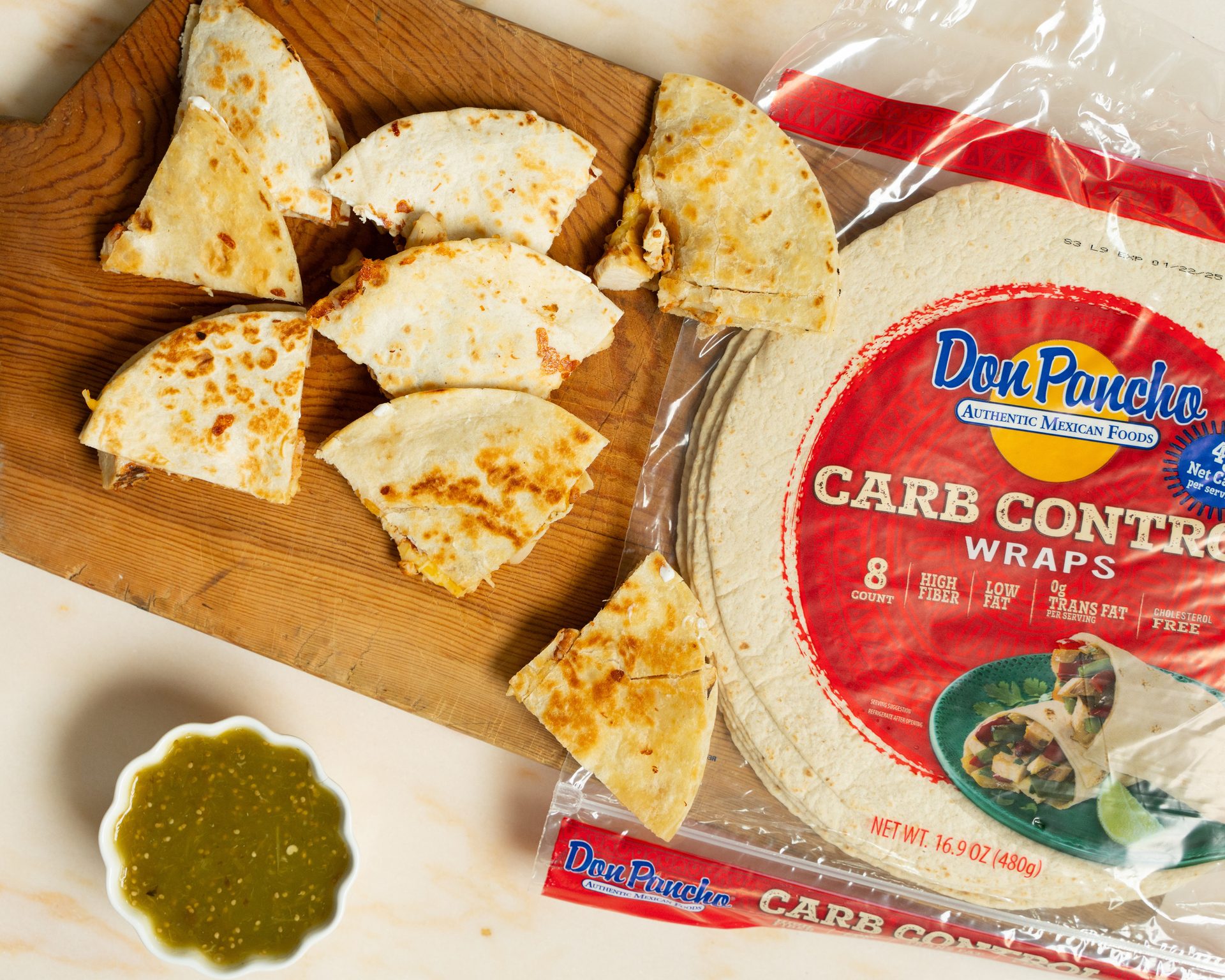
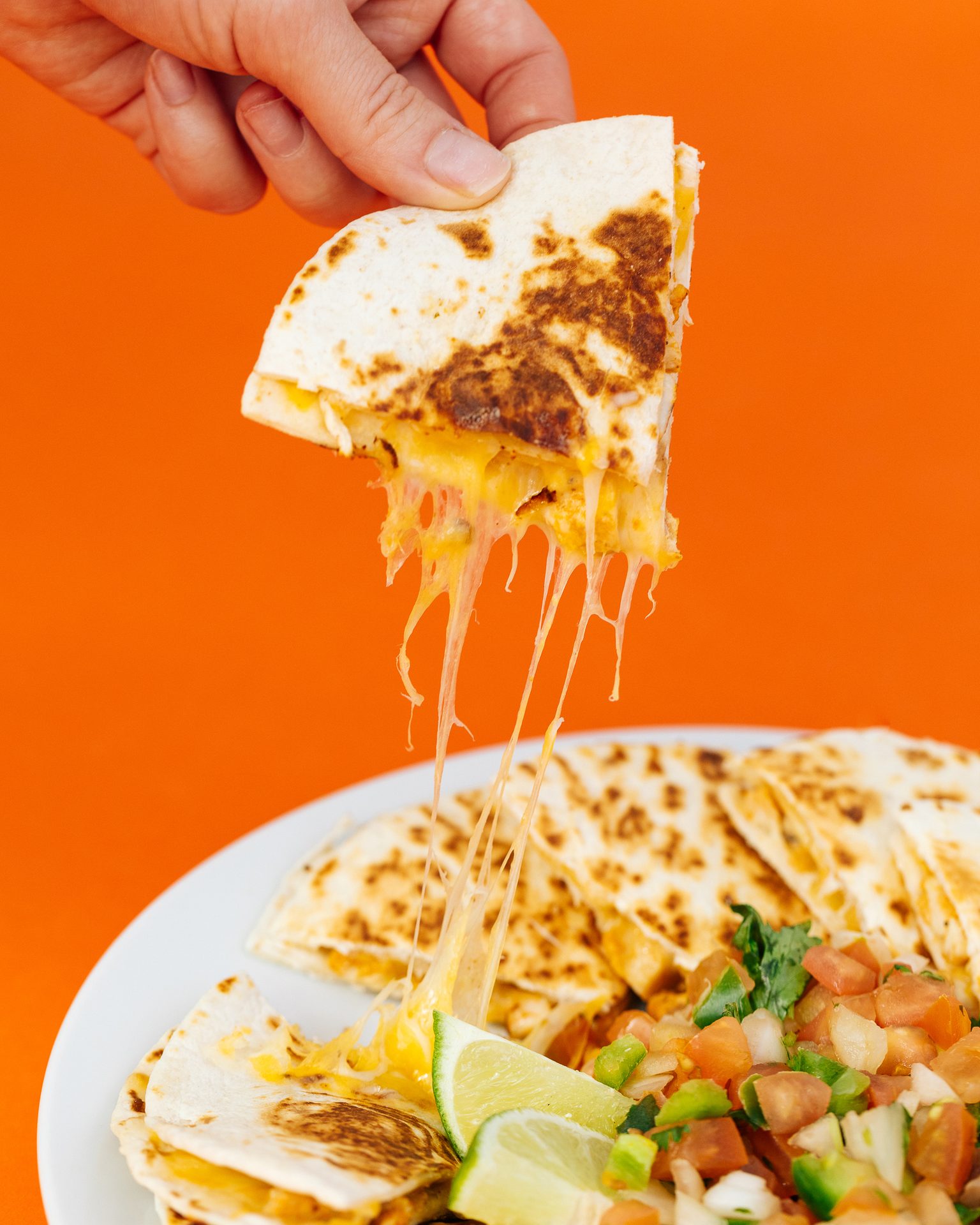
Courtesy of Don Pancho
“Specifically, when we have companies like Amazon that are bidding for labor, you have somebody who sits on an assembly line that packs tortillas all day, and then suddenly they get a better job offer working in a warehouse,” he says. “Generally speaking, the pay can be better, and the benefits, although it depends on how you compare, one-on-one, between different [TIA] member companies. In general, I’m hearing from members who are having a hard time competing. That’s what’s been driving more and more automation.”
Haig saw some adjustments made to labor but smoother sailing in 2024 than in past years. “Heading into 2025, we see consumers tightening the belt a little bit,” he observes, with “a little trade down to more ‘budget-friendly’ pack sizes and options.”
Tariffs have become a recurring theme, Kabbani notes, although the tortilla category is somewhat insulated from the supply chain and resulting economic fallout.
“We’re rather fortunate in that a lot of the ingredients used in tortilla manufacturing don’t have to be imported—some of them do, but most do not,” he comments. “With machinery, a lot of leading equipment manufacturers are located in the U.S. That’s a good thing.”
Supply chain has remained solid from Don Pancho’s perspective, as Haig relates.
“There is concern about tariffs and what this might do to corn pricing, but so far, we have not experienced any increases,” he says. “Equipment has seen a few delivery delays. It appears a lot of manufacturers are investing in expansion, and this is putting pressure on OEMs.”
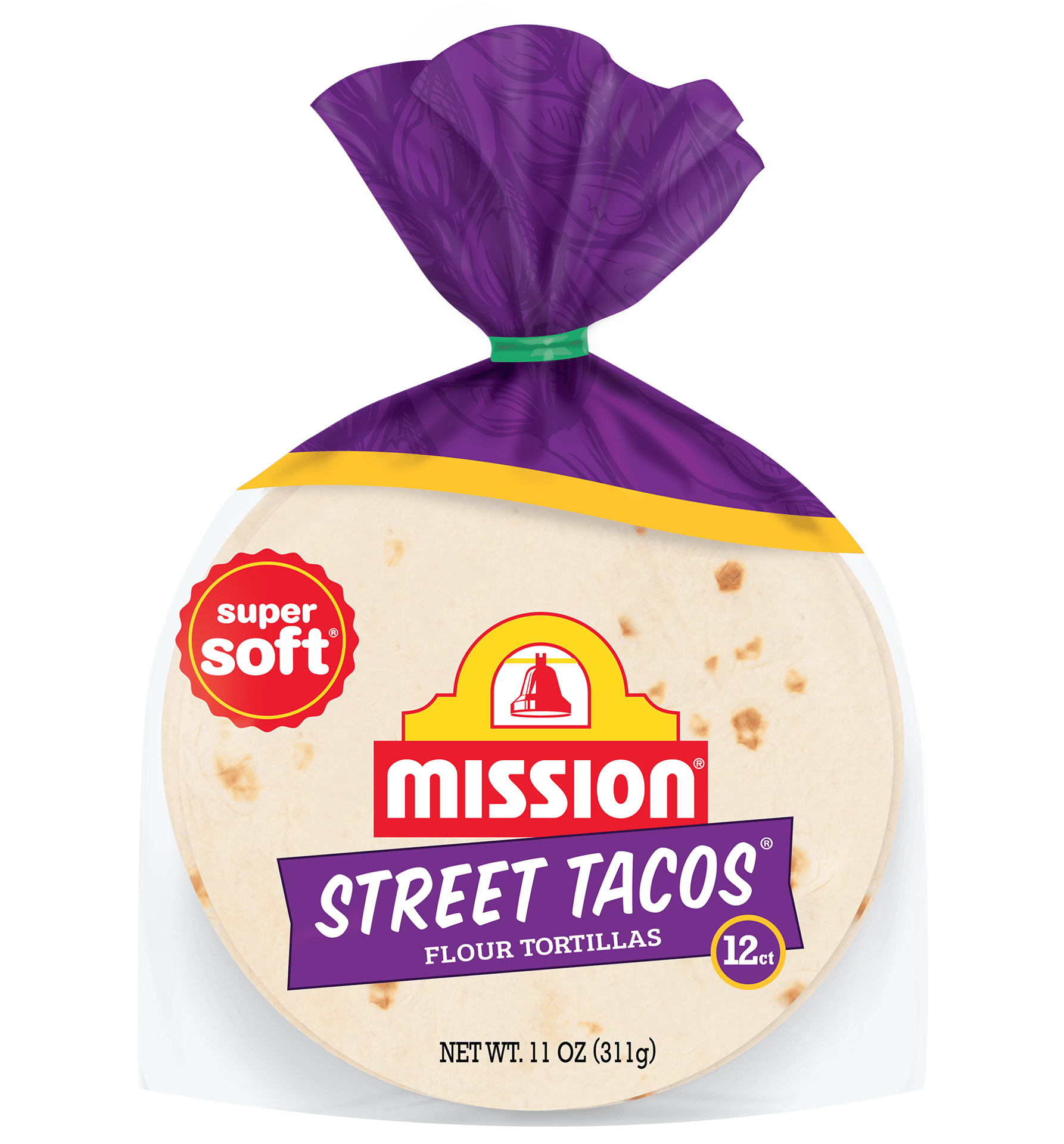
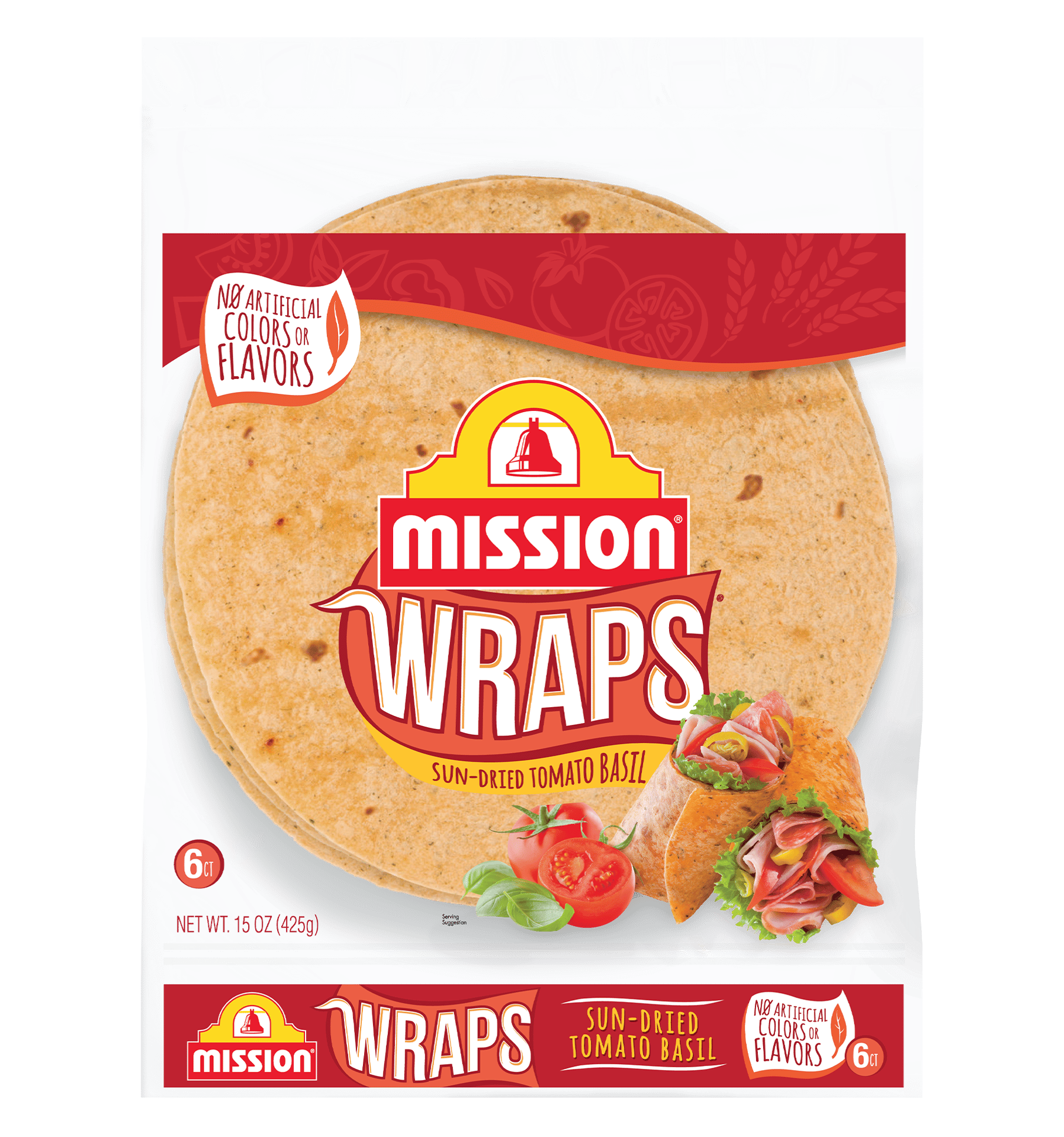
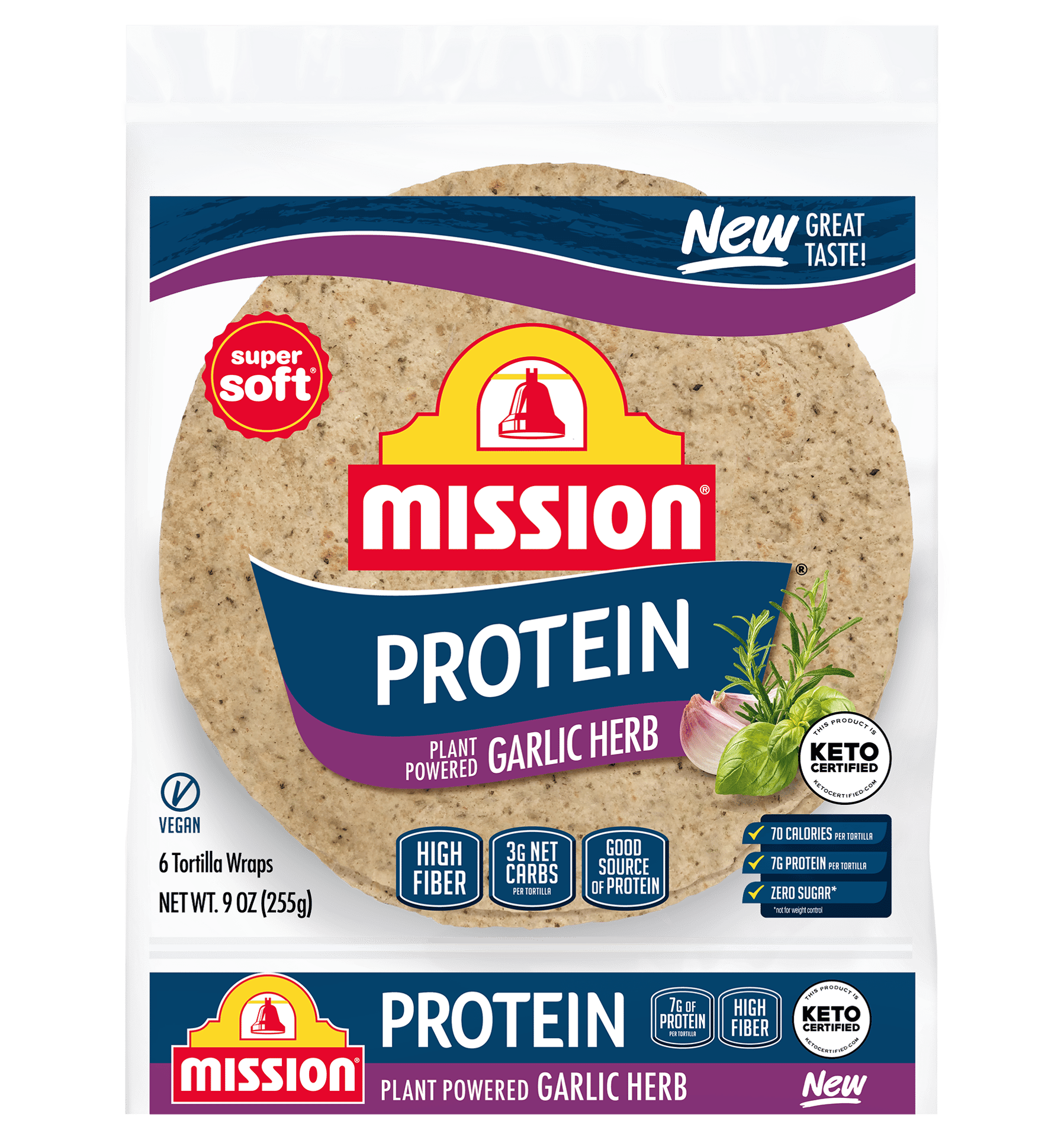
Courtesy of Gruma Corp
Don Pancho has released several line extensions in the past year, mostly around flavor additions, Haig shares. “We have experienced certain flavors running their course, and we are bringing in on-trend flavors to offset these challenges,” he says.
Looking forward
Many producer pros like Haig express optimism about the year ahead.
“More and more people are choosing tortillas as an alternate bread item,” he says. “Tortillas present consumers with a versatile canvas, perfect for trying a wide array of culinary creations. Between sizes, flavors and ingredients, tortillas open possibilities that bread cannot.”
He adds that an emerging trend that could grow in the year ahead will be consumers who undertake appetite suppression regimes.
“With this, people are going to be looking at options to give them a ‘one source’ for a meal,” he says. “For example, an item that will give them the nutritional values required as well as leaving them feeling satiated.”
Kabbani also remains optimistic about the tortilla sector, expecting producers in the category to be very open to trying new things and responding to new consumer trends. “We follow what the consumer wants, we try to give it to them, and it’s working out pretty well,” he relates.
Tariffs will not remain a significant challenge, Kabbani predicts, although he thinks labor shortages will continue to worsen.
“I personally think that the whole tariff issue is a negotiating ploy on the part of the administration, leveraging and positioning for advantage,” he says. “We’re going to see quite a bit of improvement and relief in that area.”
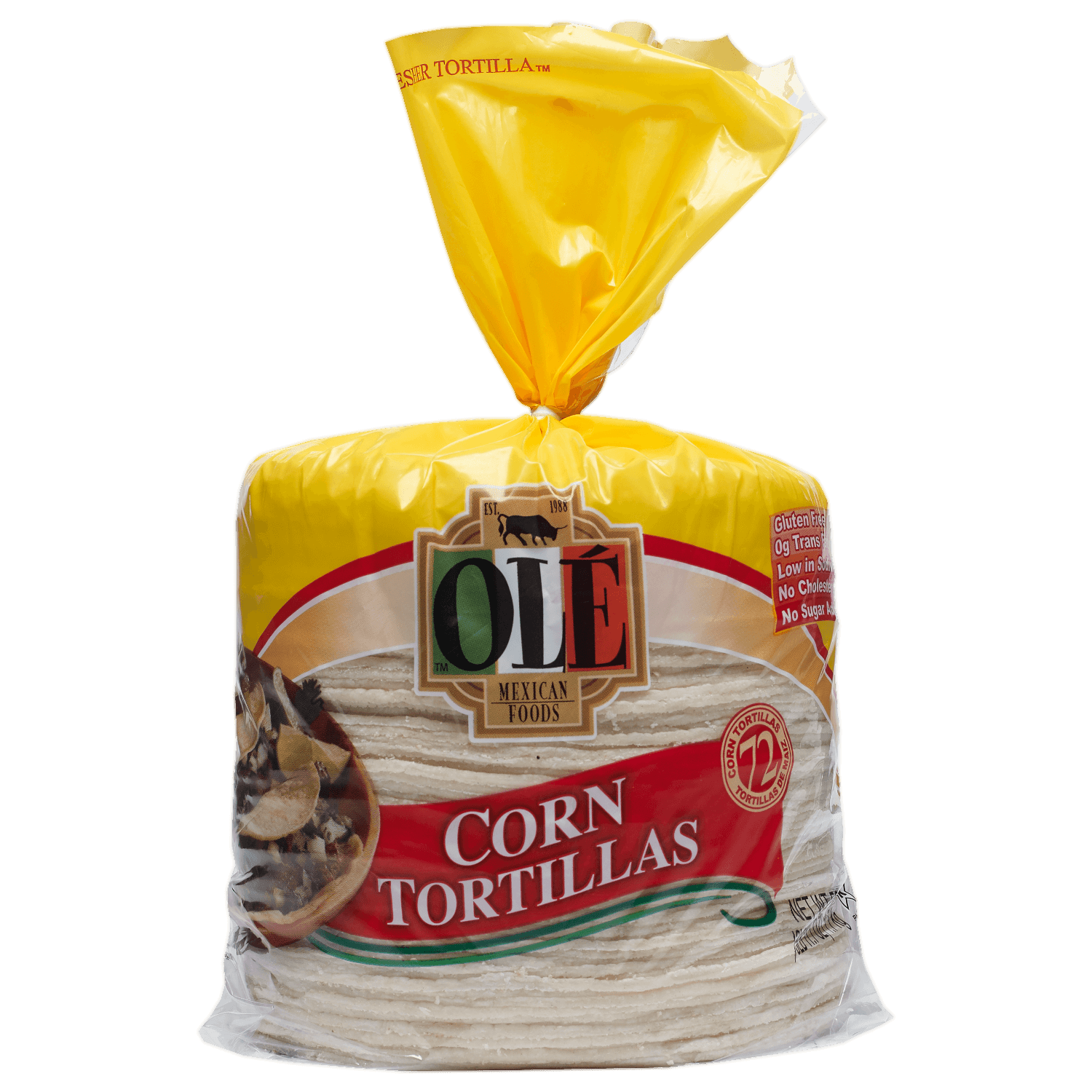
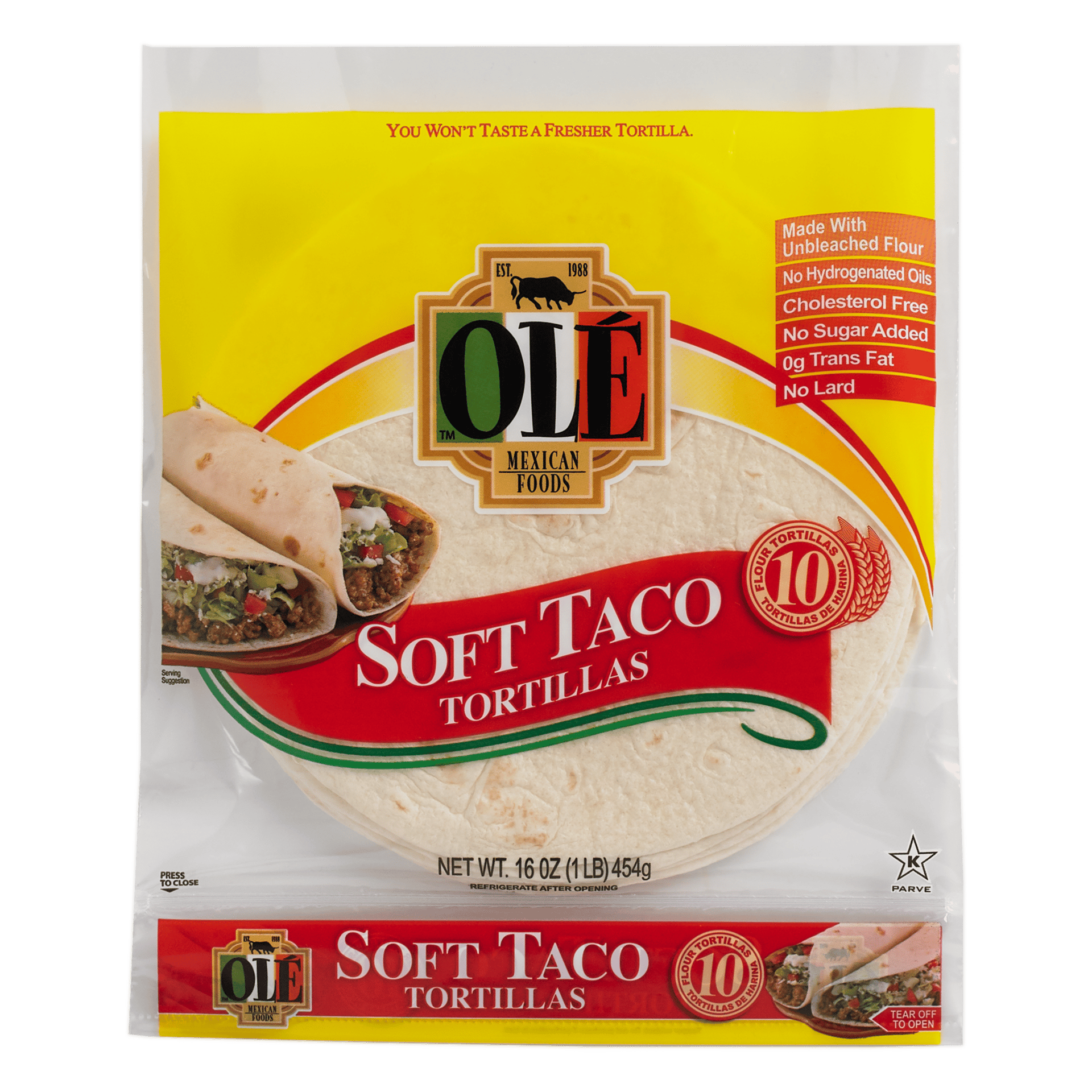
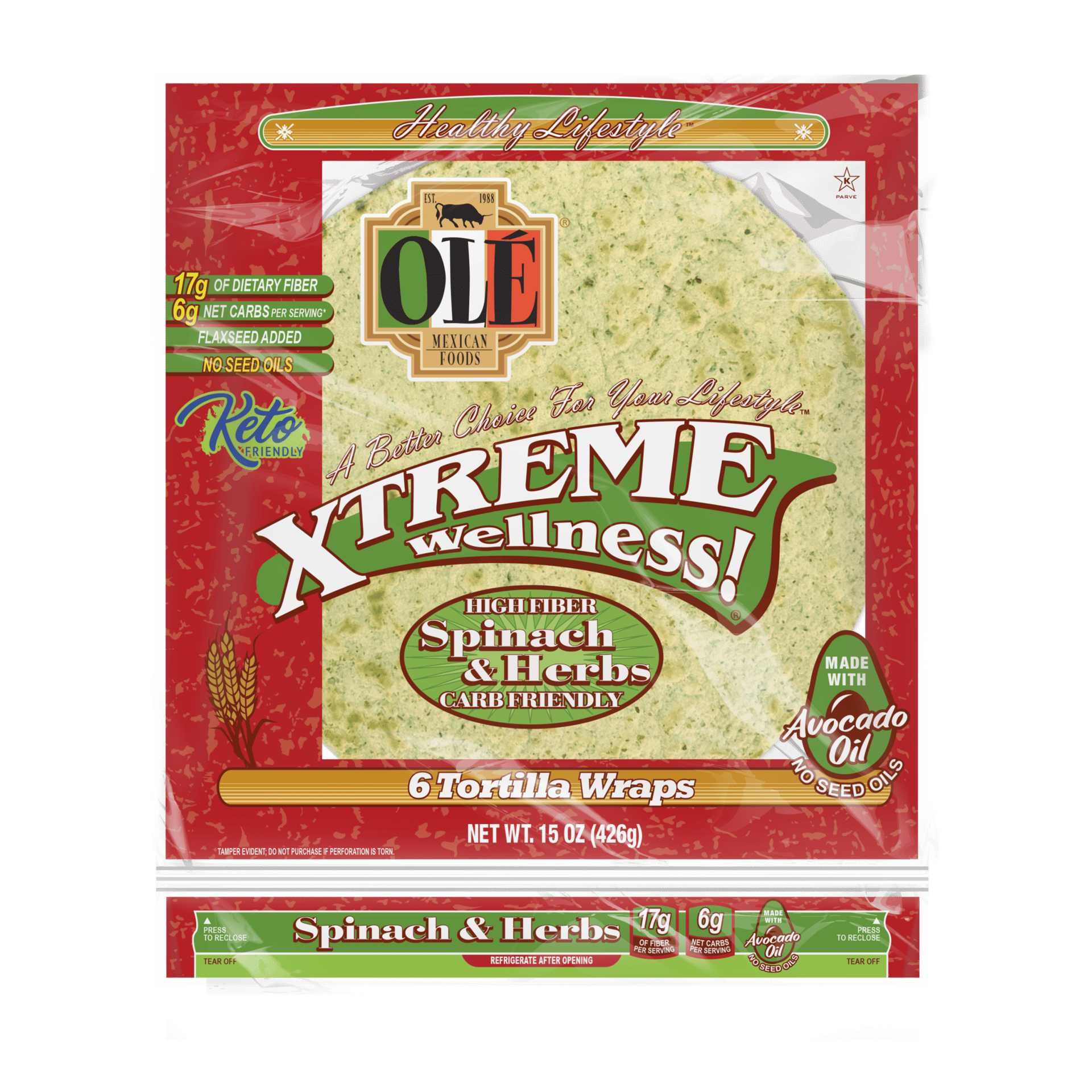
Courtesy of Ole Mexican Foods
“Consumers are seeking authenticity and transparency from brands more than ever.”
— Ayeshah Abuelhiga, founder, Mason Dixie Foods

Kabbani adds that immigration issues contribute to labor woes.
“A lot of workers in this industry tend to be immigrants, legal and otherwise. There’s also that perception that it’s risky to come work in this country. This will, one way or another, end up leading to more automation in more parts of the production line,” he predicts.
Haig sees potential headwinds on the regulatory front, specifically the need to remove any synthetic colors and flavors, although the company already has been working on that.
“We have already had a large customer come to us with changing requirements,” he says. “Labeling is also undergoing changes to add more traceability elements to finished goods. Although this was recently given a 30-month stay, we will implement these changes prior to the required deadline.”
Consumer preferences also will keep things interesting in the year ahead, Haig predicts, in particular as seed oils start to fall out of favor.
“We have received queries already about converting away from seed oils,” he says. “We need to be diligent in our assessments to do so, as this can greatly impact manufacturing, and we need to have all our information correct prior to any changes.”
Don Pancho likely will continue to roll out flavor-related line extensions, without yet divulging specifics, Haig says.
“We will launch a new line based on style type, and we will continue to look at ingredients in ingredients that will impact future products and revisions of current offerings,” he says. “We have the mantra of, ‘tortillas are carriers of fine foods from around the world.’ Tortillas are such a fun category to be in. We continue to see growth year after year after year.” SF&WB
MORE TORTILLA PRODUCTS on snackandbakery.com




